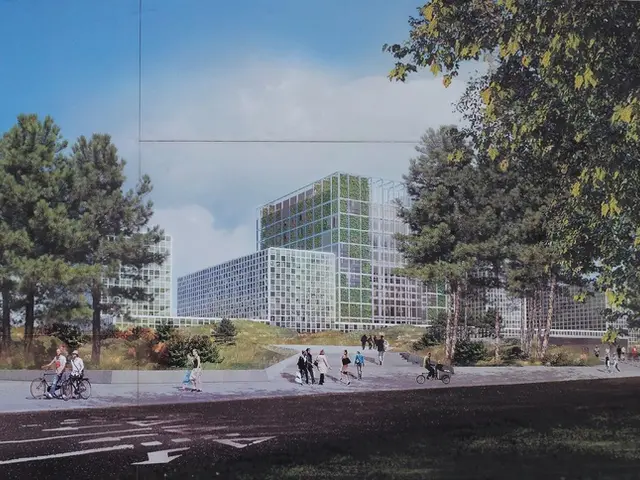South Africa’s Coal Towns Struggle Amid Slow Energy Transition and Persistent Pollution
Communities in South Africa's coal-mining towns face persistent pollution and violence against activists, despite the government's commitment to cut carbon emissions and transition to renewable energy. The coal industry defends its role, while activists and union leaders express concerns about the pace and impact of the transition.
In 2024, South Africa's first climate change law was passed, aiming to reduce CO2 emissions by a further 10% between 2030 and 2035. However, coal-fired power has decreased by only 9% since the 1980s, and coal will continue to dominate electricity production until 2039. Activists in coal mining areas report little sign of an energy transition, with new mining applications and ongoing pollution.
Tendele Coal Mining spokesperson Nathi Kunene insists the company contributes significantly to its host community. He argues that coal is needed for renewable energy infrastructure. However, the Tendele mine lies just 500 meters from houses, causing disruption and health issues for nearby communities. In 2022, the South African government defined a just transition to address these impacts, but communities have shown little sign of a smooth energy transition so far. Their economies and employment heavily depend on coal mining, making the shift to sustainable energy complex and slow. Social, economic, and infrastructural challenges limit visible changes related to green energy adoption.
Union leaders express concerns about the transition's pace. Mbulaheni Mbodi, a union leader, says the transition is happening too quickly without preparation or new job pathways for coal workers. A metalworkers' union leader echoes these concerns, stating that the clean energy transition is outpacing new jobs promised to mine workers.
While South Africa commits to reducing carbon emissions and transitioning to renewable energy, communities in coal mining towns face persistent pollution and violence. The coal industry defends its role, but union leaders warn about the pace of the transition and the need for job pathways. The government's just transition plan aims to address these challenges, but visible changes remain limited.







